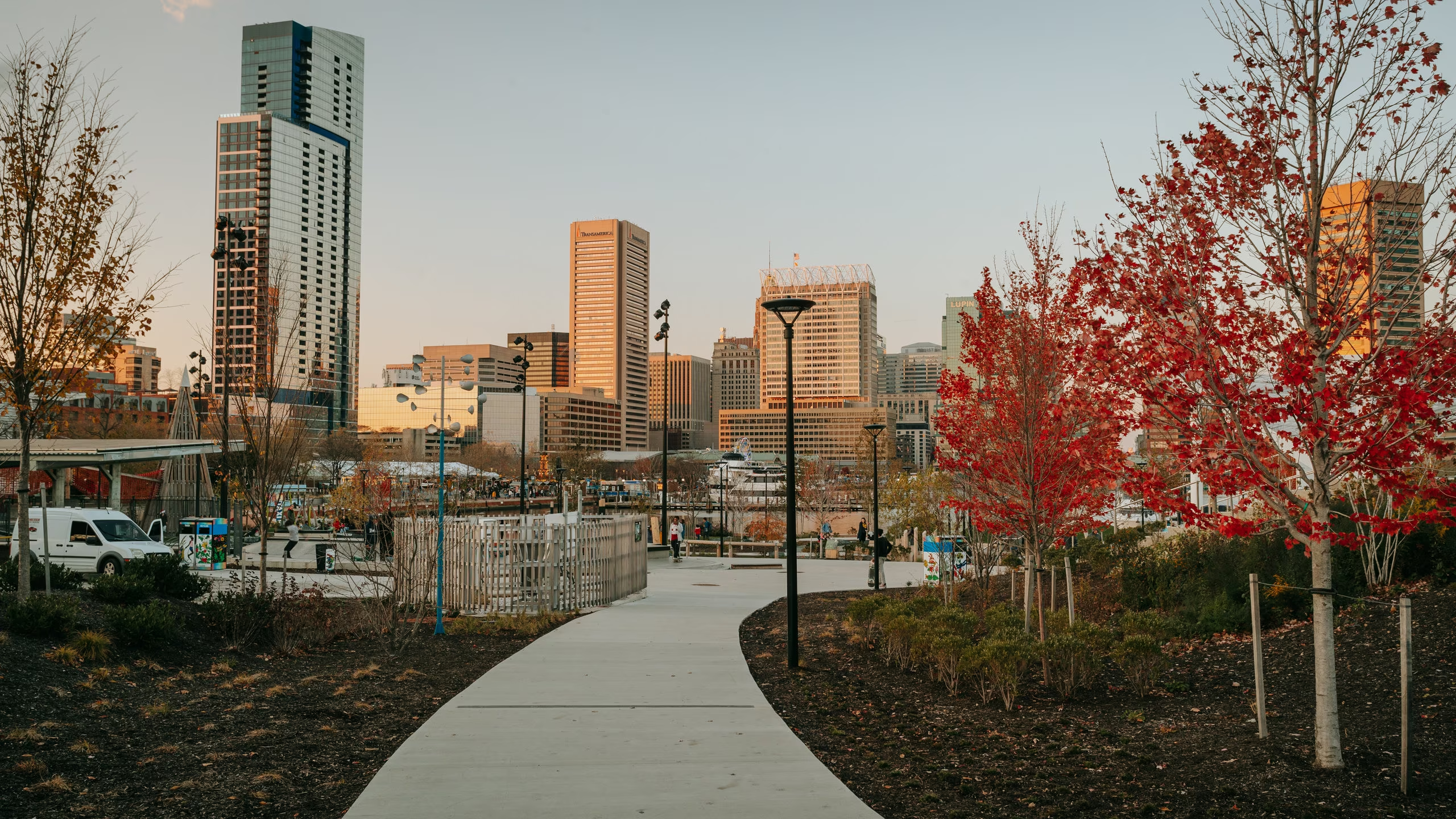24/7 Helpline:
(866) 899-111424/7 Helpline:
(866) 899-1114
Learn more about Codeine Rehab centers in Greenbelt
Codeine Rehab in Other Cities

Other Insurance Options

GEHA

BlueCross

Horizon Healthcare Service
Beacon

MHNNet Behavioral Health

AllWell

Anthem

Humana

Coventry Health Care

United Health Care

Health Partners

Access to Recovery (ATR) Voucher

Holman Group

Group Health Incorporated

Providence

UMR

Magellan

Absolute Total Care

WellPoint

Sliding scale payment assistance
















